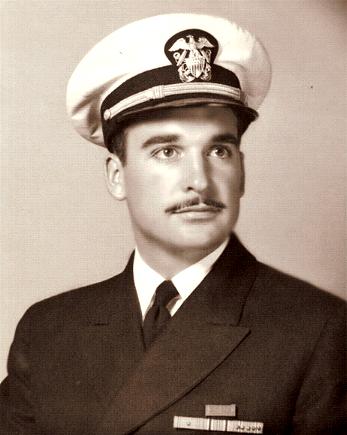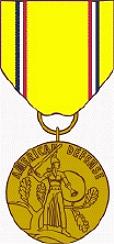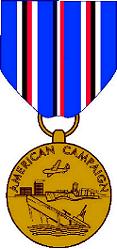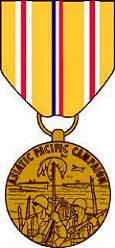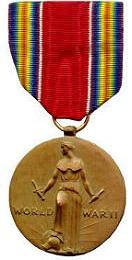Marietta, Georgia

Deale Binion (Bin) Cochran, age 87, Marietta, GA, died on January 10, 2009.
Bin was born in Holly Springs, MS, graduated from Holly Springs High School, and attended Marion Military Institute, Marion, AL.
A 1942 graduate of the U.S. Naval Academy, he served on the USS Helena until she sank July 1943 in the Kula Gulf. Along with shipmates he survived over 3 days in enemy waters and 8 days on the occupied island of Vella Lavella.
He then served on the USS Miami, the USS Oklahoma City, and as an instructor at the Navy Sonar School, San Diego, CA.
He was recalled to active duty 1951-1953 with the Office of Naval Intelligence, Washington, D.C.
He worked for Johns-Manville until 1967, then Georgia Power, retiring in 1985. Retirement was devoted to family, friends, and faith.
Preceded in death by parents Samuel Vadah Cochran and Rita Binion Cochran and brothers Vadah Cochran and Clark Cochran of Holly Springs, MS; he is survived by his wife Ann Goode Cochran, daughter Leslie Cochran Carruth, husband John Carruth of Roswell, GA, grandchildren Clark, Deale and Maggie Carruth, and son Cliff Cochran, wife Kriss Paulsen Cochran of Woodstock, GA, grandchildren Brooke, Bin, and Lily Cochran.
Other survivors are sister Rita Cochran Langus and husband John Langus, of Mobile AL, sisters-in-law Doris Cochran and Harriet Cochran of Holly Springs, MS, and many beloved nieces and nephews, their children, and special friends of his grandchildren.
A memorial service was held Thursday, January 15, 2009 in Marietta, GA, and burial followed in Holly Springs, MS, Saturday, January 17.
